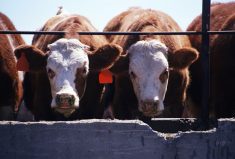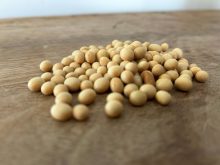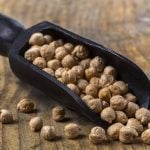Chicago | Reuters — The number of cattle moved into U.S. feedlots in September fell to its lowest since the government began compiling the data in 1996, a U.S. Department of Agriculture report showed on Friday.
Last month’s placement results were nearly in line with analysts’ forecasts, mostly based on the fall in prices for heavyweight slaughter cattle that eroded profits for feedlots.
Cattle placed in commercial feeding pens last month are set to arrive at packing plants beginning in late winter, which could pressure prices for them at that time, the analysts said.
Read Also

U.S. grains: Corn, wheat futures climb on Black Sea tensions
Chicago corn and wheat futures rose on Tuesday, lifted by worries about tensions in the Black Sea grain export region as well as cold weather slowing grain movement in the U.S. Midwest, analysts said. Soybeans were lower.
Friday’s USDA report showed September placements at 1.931 million head, down four per cent from 2.014 million last year, but up slightly from analysts average forecast of 1.921 million.
USDA put the feedlot cattle supply as of Oct. 1 at 10.218 million head, up two per cent from 9.985 million a year ago. Analysts, on average, had forecast a 2.1 per cent rise.
The government said the number of cattle sold to packers, or marketings, was down two per cent in September from a year ago, at 1.642 million head.
Analysts projected a 2.5 per cent drop from 9.985 million last year.
“Placements were a bit higher than I had expected which probably reflects the heavyweight cattle and the number of them available to get placed on feed,” said University of Missouri extension economist Ron Plain.
Ranchers and feedlots held back cattle to avoid lower prices which, along with cheaper feed and healthy pastures, ultimately caused them to grow heavier, he said.
The industry is still slaughtering fewer cattle than the number of animals on feed, suggesting that packers last month had difficulty coping with the backlog of heavy animals, said analysts.
Jessica Sampson, an economist with the Colorado-based-Livestock Marketing Information Center, said on-feed inventories continued to outpace last year’s levels, but declined slightly from a month ago.
“That tells us that we’re starting to work through the heavier-weight cattle, but we still haven’t made a lot of headway,” she said.
USDA’s report included quarterly Cattle on Feed data that showed feedlot supply of steers up 7.4 per cent and heifers down seven per cent, reflecting heifers are being retained to rebuild the U.S. herd after several years of drought.
Chicago Mercantile Exchange live cattle investors will likely turn their attention to slaughter cattle and wholesale beef prices late on Friday after the report came in close to expectations, analysts said.
— Theopolis Waters reports on livestock markets for Reuters from Chicago.
















